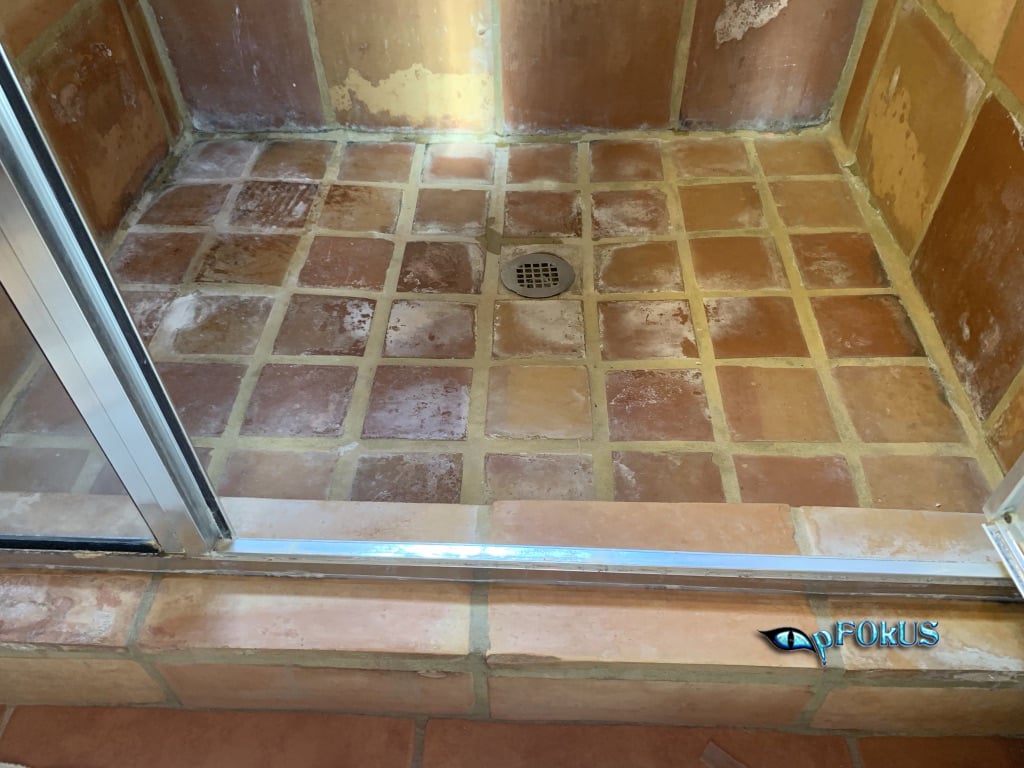Ways to Fix a Water-Damaged Wall in the Bathroom
Ways to Fix a Water-Damaged Wall in the Bathroom
Blog Article
What are your thoughts and feelings about Looking for Signs of Water Damage in the Bathroom?

The washroom is extremely prone for moist buildup and prospective water damage because of the frequent use of water in it. This article uses simple assessment techniques to assist identifying water damage threats.
The frequent use water in the bathroom makes it incredibly prone for moist build-up and also potential water damages. By evaluating it frequently, you can lower water related damages.
The adhering to set of evaluations is very easy to perform as well as need to be done once in every three months in order to maintain your washroom in good shape as well as to stop potential water damages triggered by the bath tub, the shower, pipe joints and plumbing, sinks, cupboards, and also the toilet
Do not overlook doing these examinations and be comprehensive while doing them. Remember that these simple evaluations can save you a great deal of cash by giving early indications for water damage
Sinks as well as Cabinets
Sinks as well as closets are revealed to moisture and humidity everyday as well as are commonly forgotten. Inspect regularly under the sink and on the counter top above it. Repair any type of drip in the catch as it might recommend drainpipe troubles. Check out the sink, slow-moving draining pipelines might show an obstructed drainpipe. Change sink seals if they are fractured or loosened.
Bath tub and also Shower
The shower and also bath tub call for unique focus and also upkeep. Examine the floor tiles and also change if split. Make certain that there is no missing out on cement in between the ceramic tiles. Examine as well as change fractured caulking at joints where the wall surfaces fulfill the flooring or the tub. Blocked drains and pipes troubles will certainly protect against the tub from drying out as well as may indicate serious troubles under the tub. Talk to an expert instantly to prevent architectural damages. Focus on discolorations or soft areas around the bath tub wall surfaces as they might show an internal leak.
Plumbing
Signs for water damages are difficult to discover because most pipelines are set up inside the walls.
Pay unique interest to flooring and wall surfaces dampness as well as spots as they may show an unnoticeable plumbing problem. Examine wetness levels in adjacent spaces as well.
The Commode
The bathroom is a vulnerable water joint. Inspect the water lines and look for leaks around the commode seat, in the pipe, and under the water container. If you discover any indications of moisture on the flooring around the bathroom, look for leaks in the toilet rim as well as tank seals.
Realize that hanging toilet dish deodorants raises the possibilities for clogs.
10 TIPS TO PREVENT WATER DAMAGE IN THE BATHROOM
The average household uses approximately 80-100 gallons of water per person per day. For a family of 4, that's almost 2,500 gallons of water a week! The largest portion of this consumption comes from bathroom use. Flushing the toilet uses the most water, followed by taking a shower or bath. With that much water running through the home, water damage in the bathroom is bound to happen. Knowing how to spot signs of a water leak is essential to preventing long-term damage. This guide provides you with tips to reduce the impact of water damage on your bathroom.
CAUSES OF BATHROOM WATER DAMAGE
Pipe breaks are the most common cause of water damage we see in our daily jobs. The age of a pipe plays a large role in a pipe break as well as corrosion. Over time, the metal begins to break down, allowing water to escape. Frozen pipe breaks are also a concern in the winter months. Toilet overflows caused by paper products or children flushing inappropriate items. Degraded caulking around the toilet or bathtub can allow water seepage, sometimes behind the fixture, into the subfloor or walls. Condensation forms when the water in a pipe is cooler than the air temperature. Beads of water form on the exterior of the pipes, sometimes so much so that the water begins to drip and pool below. Sink or shower backups created by poor drainage. HOW TO PREVENT WATER DAMAGE IN YOUR BATHROOM
Inspect your toilet supply line for worn or frayed hoses and replace them as needed. Winterize your plumbing to prevent a frozen pipe break. Use vent fans to prevent condensation that can lead to mold growth. Routinely check and replace degraded caulking around your toilet or bathtub. Increase the temperature in your toilet tank and insulate your pipes during the warm summer months to keep condensation from forming. Use child safety locks on the toilets. Flush only toilet paper. "Flushable" wet wipes are actually not good for your plumbing system. Additionally, feminine hygiene products should not be flushed. Prevent water from escaping the tub or shower. Make sure shower curtains are in good condition. Inspect shower doors and replace the seal strip if necessary. Wipe up any water that accumulates on the floor and use bath mats. Water left to sit can cause damage to the tiles and flooring. Refrain from using bath products containing heavy oils to avoid a clogged drain.

I'm very serious about Common Causes of Water Damage in a Bathroom and I hope you liked our entry. Do you know about another person who is in to the niche? Do not hesitate to share it. Many thanks for your time spent reading it.
Get An Estimate Report this page